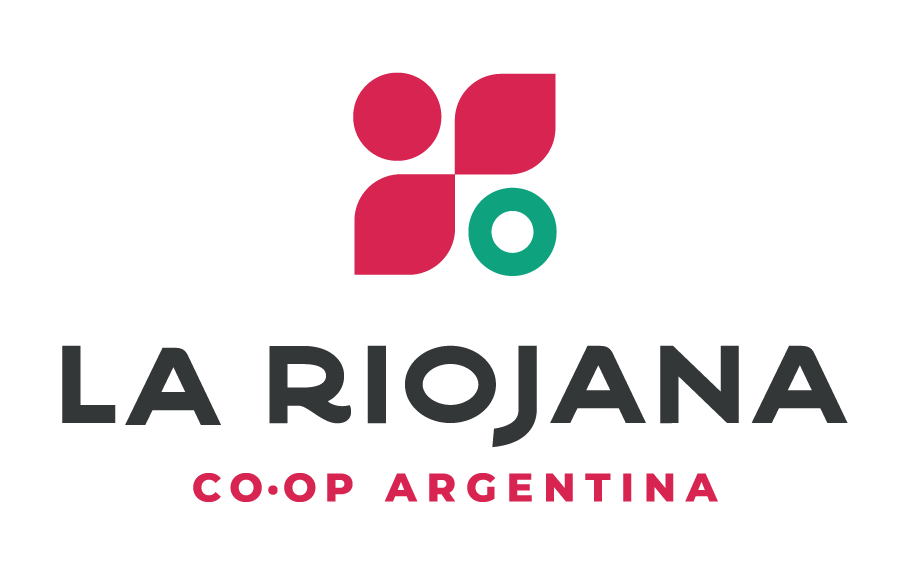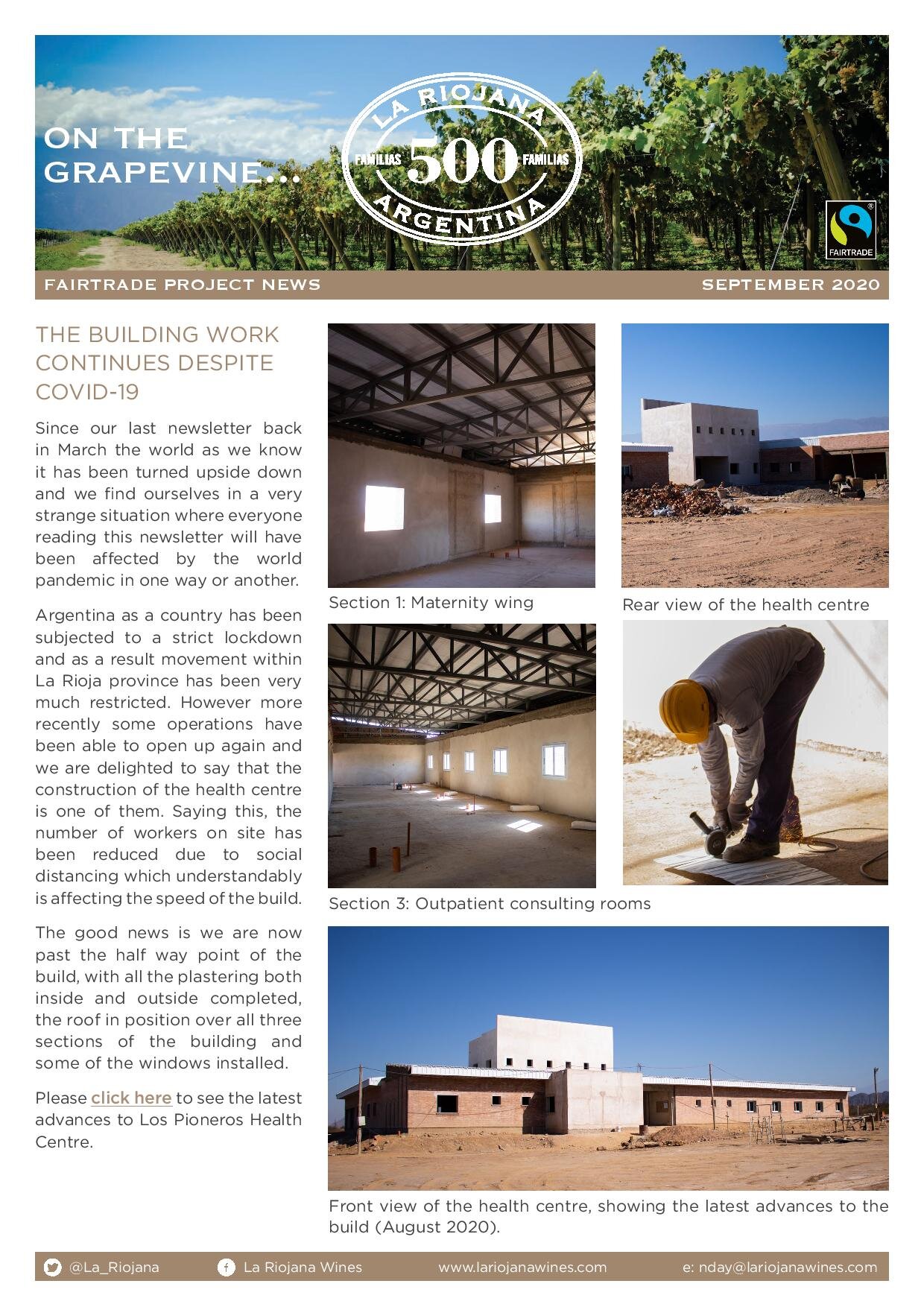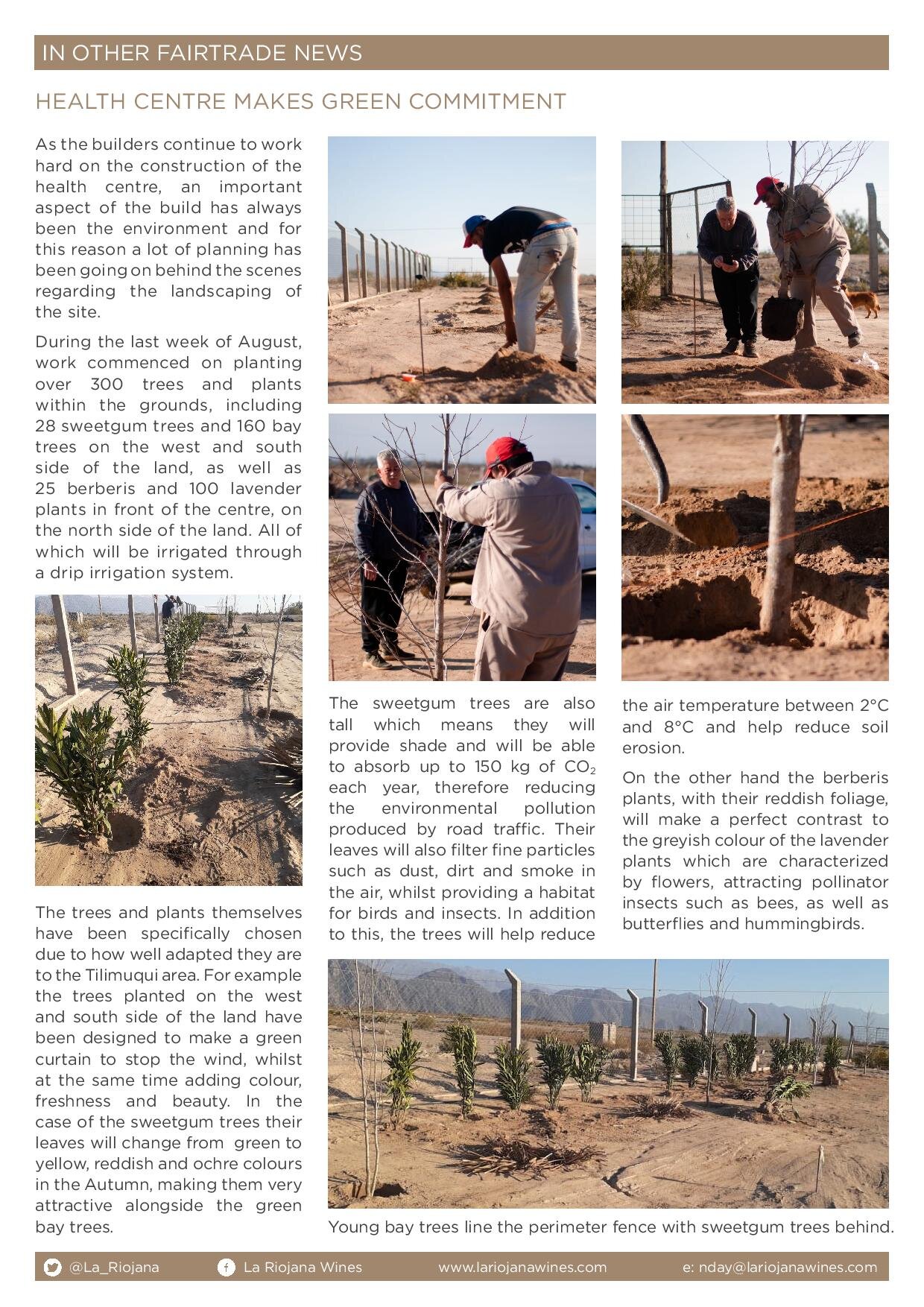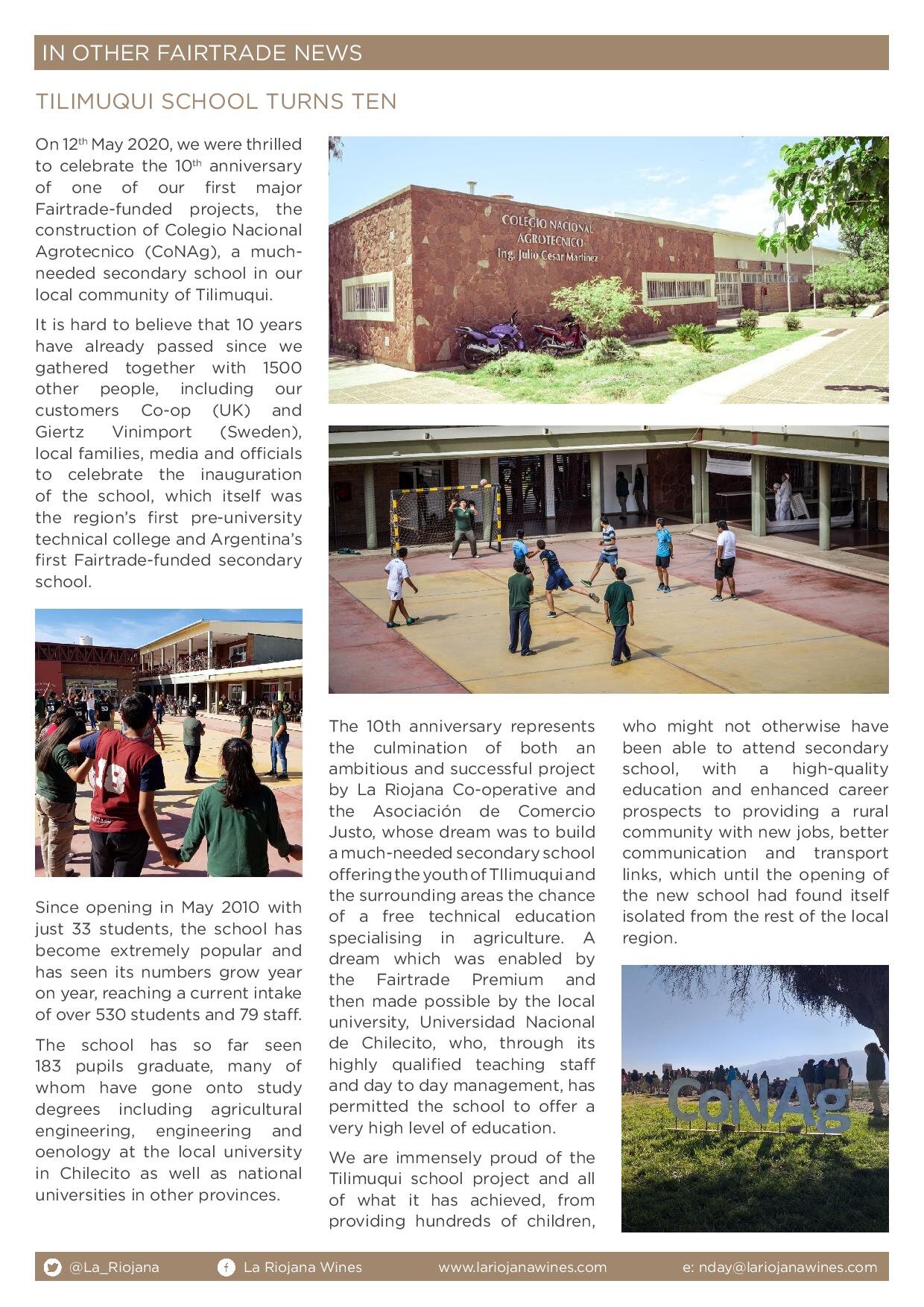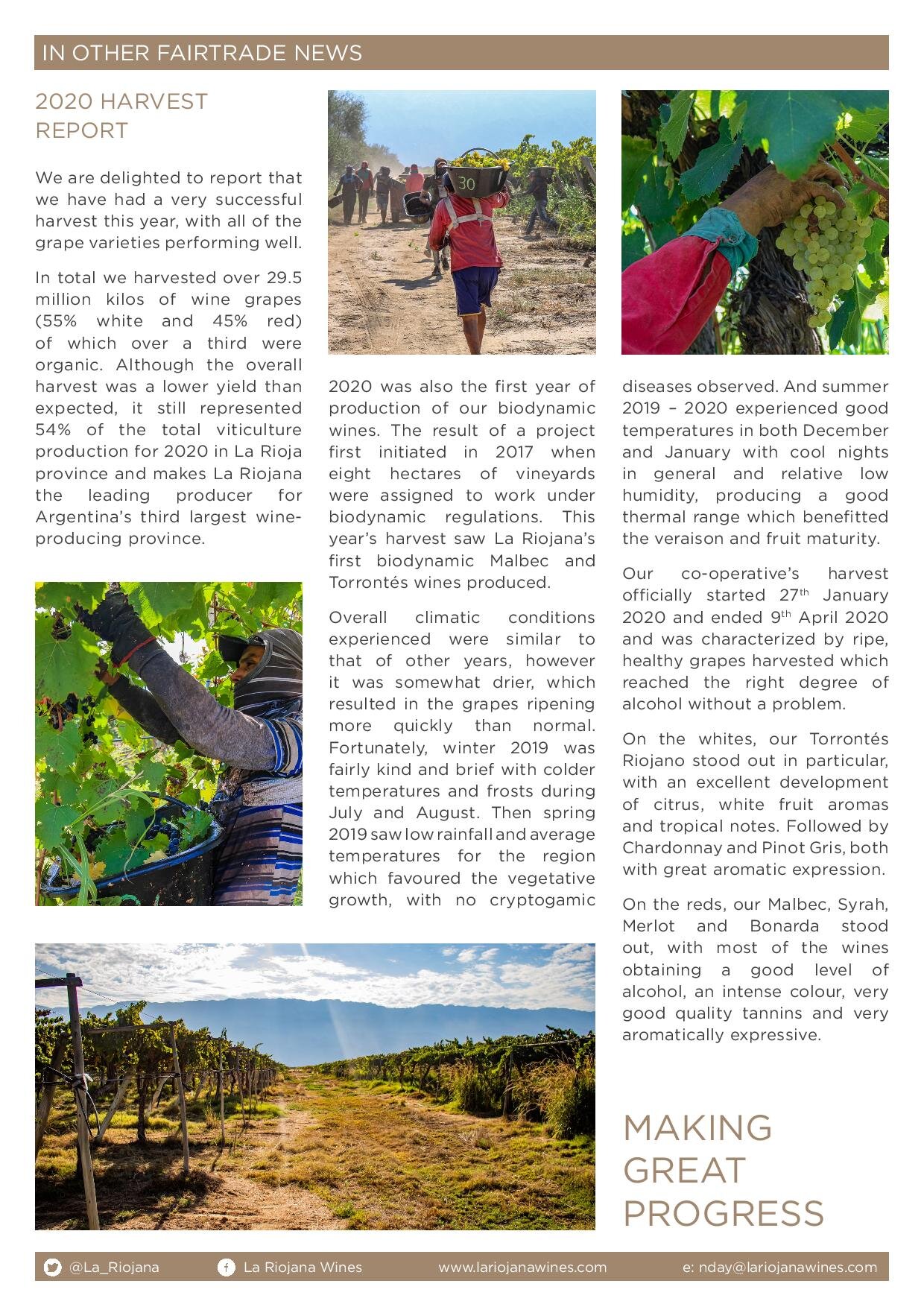TILIMUQUI FAIRTRADE MALBEC SCORES A HAT TRICK
/2020 has really been a super year for La Riojana’s Tilimuqui Fairtrade Organic Malbec, winning a hat trick of medals in three of the world’s largest and most well-known wine competitions, as well as the much-coveted IWC Fairtrade Wine Award 2020.
Being awarded top medals at three prestigious wine competitions, all of which were attended by some of the world’s finest wine judges, is itself no mean feat. The medals themselves are not only testament to the consistent quality of the award-winning Tilimuqui Fairtrade Organic Malbec but also to the high standard of Fairtrade wine being produced by La Riojana.
However, this is not the only hat trick being celebrated by La Riojana co-operative. The most recent IWC Fairtrade Award makes it the third time that La Riojana has won this award in the last 7 years, with 2020 being the second year in a row after winning the same award for the Co-op Irresistible Fairtrade Organic Malbec in 2019. According to Nick Day, Europe Sales Director for La Riojana, “The fact that La Riojana has won the IWC Fairtrade Award three times really helps reaffirm the level of quality of our Fairtrade wines and interestingly all three IWC Fairtrade Awards have been for our Fairtrade Malbec, making it yet another hat trick.”
Tilimuqui Fairtrade Organic Malbec 2019 won the IWC Fairtrade Award 2020 and a Silver Medal at the International Wine Challenge 2020 Tranche 2 (results announced 26th November 2020). It also won a Bronze medal at the International Wine and Spirits Competition 2020 (results announced 5th October 2020) and a Bronze medal at the Decanter World Wine Awards 2020 (results announced 22nd September 2020).
